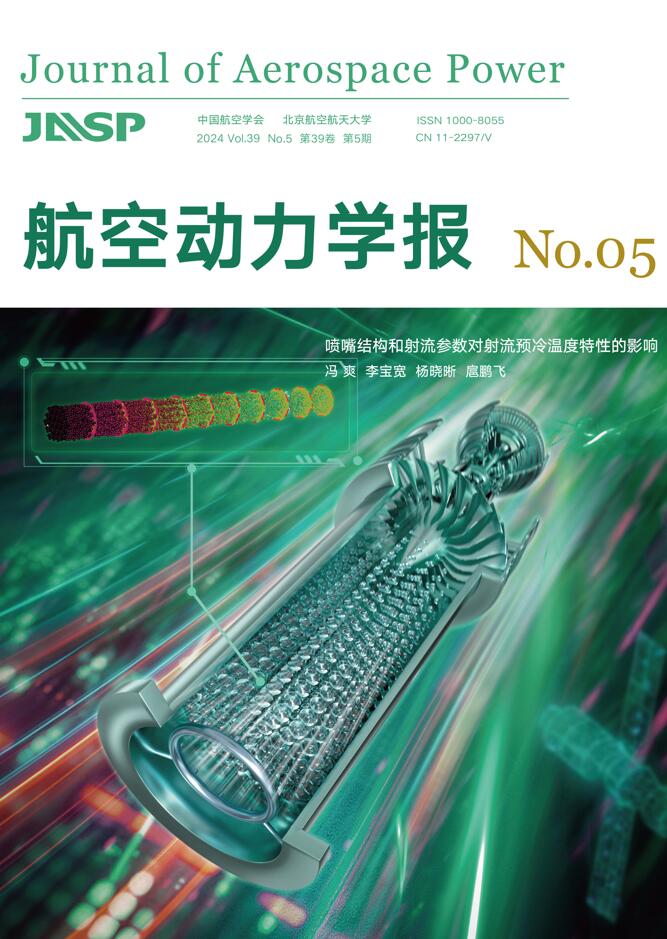Abstract:
Taking the constant slope internal cone flow as the basic flowfield, a program was constructed to design and quickly analyze the external compression segment performance of inward turning inlet (ITI). Then taking the rectangular capture shape for example, the effects of three outline and position determinant parameters, including center distance, rotation angle and aspect ratio, on the external compression segment's geometry and aerodynamic characteristic were studied. At last, external compression segments with different flow capture shapes (FCS) (rectangular, rounded rectangular and circular) were compared. The results show that the average radius of flow capture shape can be used as an important geometric parameter to evaluate the total pressure recovery; as the average radius increases, the total pressure recovery goes higher. For rectangular capture shape, as the center distance increases, the length and arc length of external compression segment along with the wetted surface area increase monotonically, the external contraction ratio decreases monotonically, while the effect of the rotation angle and aspect ratio on the external compression segment is relatively complicated. Besides, among the three parameters, the center distance is the most sensitive parameter for total pressure recovery. In addition, if the center distance and capture area keep invariant, the fillet radius has little effect on the geometry and performance parameters of the external compression segment.







